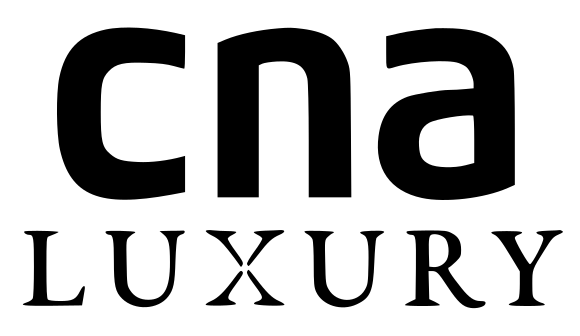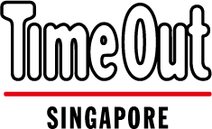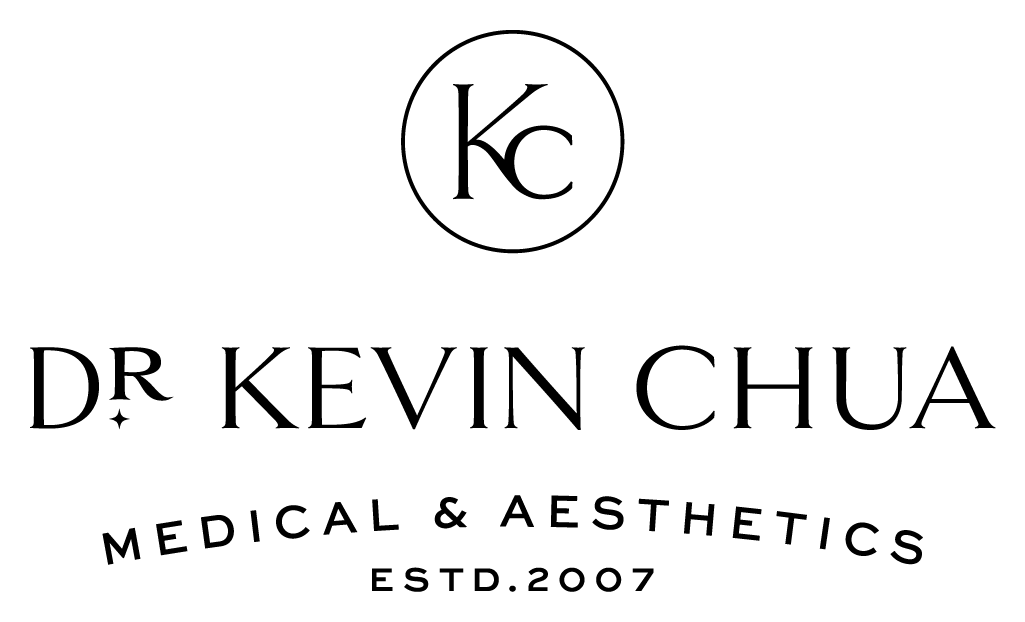Stretch Mark Removal Singapore – Price and Treatment Options
Get your stretch marks removed by our doctor in our Singapore aesthetic clinic today.
Featured On:




Stretch Mark Treatments in Singapore

Stretch marks can be a frustrating and embarrassing problem. But there are several treatment options to remove them. These treatments will also help with other skin conditions, like skin tightening.
If you are considering any type of treatment for stretch marks, it is important to speak to a doctor or dermatologist first. They will be able to advise you on the best course of action for your case.
Laser therapy
This involves using a laser to target the stretch marks and break down the scar tissue. While laser therapy can be effective, it is important to remember that it is not always possible to completely remove stretch marks; multiple sessions will be needed for a complete treatment.
There are also many different types of laser treatments available, and your dermatologist/ aesthetic doctor should recommend the most appropriate option for your skin condition. In most cases, the appearance of the stretch marks can be greatly reduced.
Fractional CO2 Laser Skin Resurfacing
Fractional CO2 laser treatment is a way to remove stretch marks by using a laser to break up the skin cells that make up the stretch mark. It works by targeting tissues deep beneath the skin surface and stimulates collagen production. Similarly, CO2 laser helps with the removal of different scars that appear on the skin.
Low-level laser therapy
Low-level laser therapy is a new treatment that is showing promise for the treatment of stretch marks.
Low-level laser therapy uses a low-level laser to stimulate the skin and promote healing. A study published in the Journal of Cosmetic and Laser Therapy found that LLLT was effective in the treatment.
The study found that the treatment improved the appearance of stretch marks and increased collagen production.
LLLT is a safe and effective treatment for stretch marks. It is a non-invasive procedure with minimal side effects. LLLT is an affordable treatment option that can be performed in a dermatology clinic.
Radiofrequency
Radiofrequency is a type of energy that is used in many different medical procedures. It is often used to heat tissue so that it can be destroyed. Radiofrequency can also be used to stimulate the growth of new collagen.
Collagen is a protein that is found in the skin. It is responsible for the skin’s strength and elasticity. When the skin is stretched, the collagen fibers can break. This is what causes stretch marks.
Radiofrequency can help to repair the damaged collagen fibers and improve the appearance of stretch marks. The procedure is relatively simple and can be done in a doctor’s office.
The radiofrequency energy heats the skin and stimulates the production of new collagen. The procedure is usually done in a series of three or four treatments. Each treatment is spaced about four to six weeks apart.
Radiofrequency is a safe and effective treatment. It can improve the appearance of stretch marks and help to repair the damaged collagen fibers.
Pulsed dye lasers
Pulsed dye laser therapy uses a laser to emit short pulses of intense light. They are a type of laser that is often used for stretch mark removal. They work by targeting the blood vessels that are responsible for the red or purple color of the skin. The light from the laser is absorbed by the blood vessels in the stretch marks, which causes the vessels to collapse. This process is called “selective photothermolysis.” As the blood vessels collapse, the stretch marks begin to fade. Pulsed dye lasers can be quite effective for stretch mark removal.
Microdermabrasion
This is a type of exfoliation that can help to improve the appearance of stretch marks by making them less visible.
Microdermabrasion can be done at home using a variety of over-the-counter products. A dermal roller or dermapen has been a popular option in Singapore for stretch mark removal. However, it is important to speak to a dermatologist before using any type of home treatment. This is because some home treatments can make stretch marks worse.
Aesthetic clinics and dermatologists in Singapore will use clinical-grade devices and machines during microdermabrasion treatments. These devices have thousands of micro-needles that will trigger the body’s wound healing process and boost collagen in the affected skin.
Creams and ointments:
Several over-the-counter products claim to help reduce the appearance of stretch marks. However, there is no scientific evidence to support these claims. Topical creams and over-the-counter options are readily available in Singapore pharmacies like Watsons and Guardian.
Platelet-rich plasma (Currently not allowed in Singapore)
Platelet-rich plasma with ultrasound is a relatively new treatment for stretch mark removal. It involves taking a sample of your blood and then separating the platelets from the other blood cells. The platelets are then injected into the stretch marks using ultrasound guidance.
Platelet-rich plasma with ultrasound is thought to work by stimulating the growth of new collagen and improving blood flow to the area. This can help to improve the appearance of stretch marks.
This is a relatively new treatment and there is limited research on its effectiveness. However, early studies suggest that it may be a promising treatment for stretch mark removal. This form of treatment is not allowed for any cosmetic skin treatments in Singapore.
Plastic surgery and a tummy tuck
In some cases, surgery may be an option to remove stretch marks. This is usually only considered for severe cases. Plastic surgery and a tummy tuck are two of the most extreme methods for stretch mark removal. They are usually only considered for severe cases where other methods have failed.
A tummy tuck is a type of surgery that involves removing excess skin and fat from the stomach area. This can help to improve the appearance of stretch marks.
Plastic surgery is another option for stretch mark removal. It can involve a variety of different procedures, such as skin grafting.
Both plastic surgery and a tummy tuck are major procedures that come with several risks. They should only be considered as a last resort after other methods have failed.
How much does it cost to get stretch marks removed in Singapore?
Stretch marks removal treatment prices depend on the therapy that your aesthetic doctor or dermatologist recommends. Here is the price list for our Singapore clinic:
- Radiofrequency – From $180 per session
- Microdermabrasion – From$100 per session
- Pulsed dye lasers – From $250 per session
- Low-level laser therapy – From $170 per session
- Fractional CO2 Laser Skin Resurfacing – From $380 per session
Do stretch mark creams work?
There are many creams and topical treatments touted to help reduce or treat stretch marks. A popular option would be CeraVe Intensive Stretch Marks Cream with active ingredients ceramides, hyaluronic acid and argan oil. While other “natural options” such as aloe vera, coconut oil, and almond oil are always a popular options in Singapore. However, there are not many studies supporting the use of such creams and oils.
What are stretch marks?
Stretch marks are markings that can occur on the skin after it has been stretched or torn. They are most commonly seen in pregnant women, but can also occur in people who are overweight, have a medical condition that causes their skin to stretch, or who have recently undergone a rapid growth spurt during puberty. While they are not harmful to your health, they can be unsightly and make you feel self-conscious about your appearance.
Here are the usual areas of the body that stretch marks appear in:
- Arm
- Stomach
- Inner thigh
- Shoulder
- legs
- Hip
- Armpit
What causes stretch marks?
There are a few things you can do to prevent stretch marks from occurring. If you are overweight, you can try to lose weight. If you have a medical condition that causes your skin to stretch, you can talk to your doctor about ways to manage it.
If you are undergoing a rapid growth spurt, you can try to keep your skin moisturised with creams and topical ointments ( like aloe vera, coconut oil etc). This will help to prevent your skin from drying out and stretching.
Are stretch marks permanent?
Stretch marks are markings that can occur on the skin during pregnancy, puberty, or weight gain. They are usually long, thin, and parallel lines that can occur on the abdomen, breasts, hips, buttocks, and thighs. The skin condition is not permanent and can fade over time. Additionally, there are several treatments available as discussed above.
How long do stretch marks take to fade?
Unfortunately, there is no definite answer to this question. The amount of time it takes for stretch marks to fade can vary depending on several factors, such as the severity of the stretch marks, the location on the body, and the type of skin.
In general, it is thought that it can take up to two years for stretch marks to fade completely. However, several treatments can help to speed up the process.
How can stretch marks be prevented?
Stretch marks are markings that can occur on the skin during periods of rapid growth or stretching. Though the marks are harmless, they can be a source of frustration or embarrassment for some people. There are several ways to prevent stretch marks, including:
- Moisturize the skin: Moisturizing the skin helps to keep it supple and less likely to tear as the body grows. Apply a moisturizer to the areas of the body that are prone to stretch marks (such as the stomach, breasts, and hips) daily.
- Eat a healthy diet: Eating a diet that is rich in vitamins and minerals helps the skin to stay healthy and less likely to develop stretch marks. Make sure to eat plenty of fruits, vegetables, and whole grains.
- Avoid sudden weight gain: Sudden weight gain is a major cause of stretch marks. If you are trying to lose weight, do so gradually to avoid stretch marks.
- Exercise regularly: Exercise helps to tone the muscles and keep the skin elastic. Choose an exercise routine that you enjoy and stick with it.
